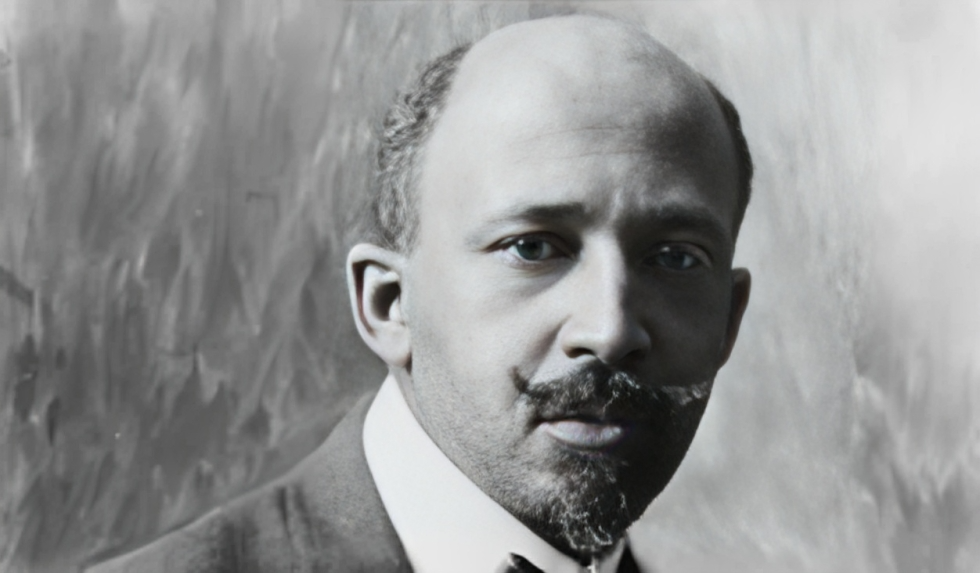
William Edward Burghardt Du Bois earned his doctorate at Harvard in 1895, the same year that Booker T. Washington (1856–1915) gave his Atlanta Exposition speech and Frederick Douglass (1817? –1895) died. Du Bois completed several important studies about the slave trade and about the black communities of Philadelphia and Farmville, Virginia. One of Du Bois’s essays criticized Washington’s philosophy of focusing on occupational training for blacks. Du Bois argued that a “talented tenth” of blacks should receive classical training so that they could be community leaders and educators. In The Souls of Black Folk (1903), Du Bois famously wrote, “The problem of the Twentieth Century is the problem of the color line.” He was also a co-founder of the NAACP.
C. M. Battey was a photographer known for his work during the early 20th century, and W. E. B. Du Bois was a prominent African American scholar, sociologist, and civil rights activist. The photograph you’re referring to, taken around 1919, likely captures Du Bois in the context of his influential work and public life.
In 1919, Du Bois was heavily involved in the civil rights movement and was also active in promoting the intellectual and cultural contributions of African Americans. This period was marked by his work with the NAACP and his involvement in the Pan-African movement.
The photograph by C. M. Battey would have been a part of the larger cultural and political narrative of the time, showcasing Du Bois’s stature as a leading figure in advocating for racial equality and social justice. These kinds of historical photographs not only document significant figures but also help to capture the spirit and context of their era.